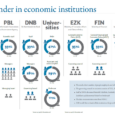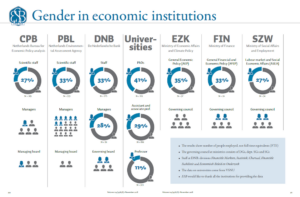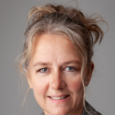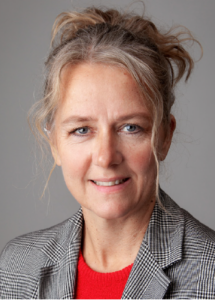Siv Gustafsson was the one of the first females to become full professor of economics in the Netherlands (see text box 1). What were her experiences? An interview.
Women in economics
Why is this article in English?
This article is part of our English publication ‘Women in Economics’. This dossier is in English because English is the main language of the economics and business faculties in the Netherlands, so an ESB dossier about the people who work there should be in English.
Siv Gustafsson: “When I left Amsterdam in 2008, I wrote in the invitation to my departure lecture [Sevéus, 2009] ‘Siv Gustafsson has enjoyed every minute of being a professor in Amsterdam.’”
At an enthusiastic pace and in a welcoming voice, Gustafsson (see box 2) right away takes the lead in our conversation on the phone. I planned to explain to her about ESB’s Women in Economics-project and arrange for an interview at a later time. Now the conversation quickly evolves into a spontaneous interview.
Box 1: First female economics professor in the Netherlands
The trailblazer for female economists was Lizzy van Dorp. Van Dorp, born in 1872, was the first woman in the Netherlands with both a law degree and a law practice. Later on, she started teaching economics at Leiden University. She wrote a pre-advies [article] for the Royal Dutch Economic Association in 1910 and was a member of the editorial team of de Economist in 1915.
However, she never became a full professor. Her application for the chair of public finance in Wageningen was turned down by the Minister of Agriculture, who did not want such a “belligerent female” as a full professor. Soon after that Van Dorp became a member of parliament for the liberals. In 1945, she died in a Japanese internment camp in Indonesia at the age of 72.
Prior to Siv Gustafsson, at least two other women had already become professor of economics by special appointment (bijzonder hoogleraar) in the Netherlands: Lutgart Van den Berghe and Aldi Hagenaars, both were appointed by the Erasmus University Rotterdam in 1987. Van den Berghe became chair of the insurance industry at the age of 35 and pursued a career in corporate governance. She is currently affiliated with Vlerick Business School in Belgium. At the age of 33, Hagenaars was appointed chair of household economics. She passed away in 1993.
You were one of the first female professor in economics. Was that a difficult position?
“For me, the professorship was the platform I needed to be productive. As a full professor my peers respected me. The most difficult time in my career was before I became a full professor.
Of course, the time between being a student and being a professor is uncertain and difficult for anyone, but in the seventies there was a lot of blatant sexism. When I completed my undergraduate course in four years, the administrative records officer said ‘that was very quick for a woman!’ She did not know that those four years also included having a baby. I did not tell anybody at the university.
More than with the blatant sexism, I struggled with the invisible barriers. It was hard to get invited to present my papers, I was not offered a scholarship and did not get any career advice from the senior academics in Stockholm. Yet my male peers did have mentors who arranged those kind of things for them.”
Dutch people always consider Sweden an example when it comes to female participation.
“Sweden is an example for other countries as to how to organise female labour-market participation. In Sweden combining a job and a family is doable. There is subsidized day-care for children and parents are allowed to stay at home if their child is ill. This already started to be common in the seventies.
Sweden is not an example in academia though. The first female professor at the Stockholm School of Economics was appointed in 2016 and she had been preceded only by two professors of Business Administration, Guje Sevon in 2001 and Carin Holmquist also in 2001.”
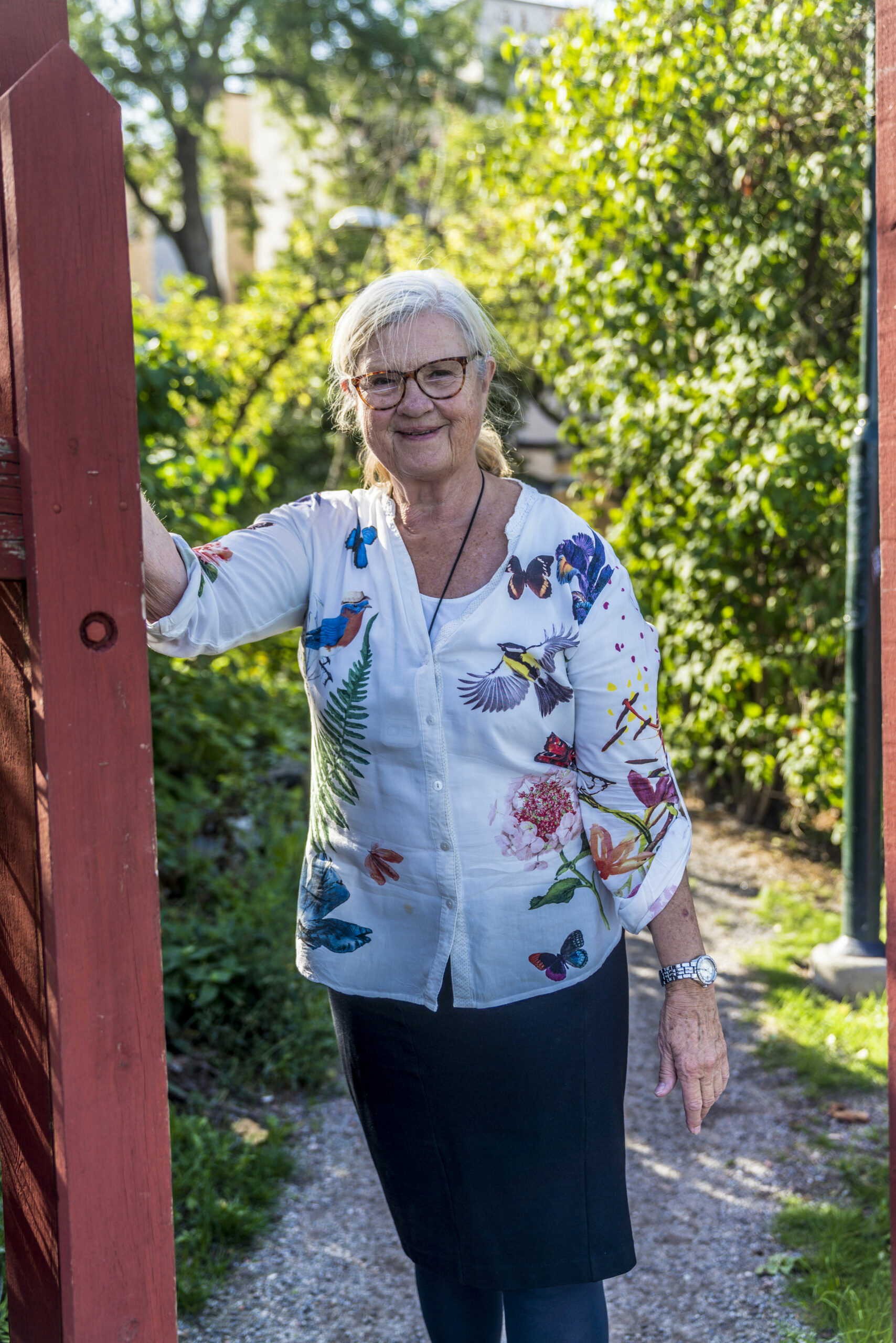
So, how did you make a career?
“That such difficult and uncertain years can be much easier with a mentor, was something I experienced at Columbia University, when Jacob Mincer took me under his wing. I had met him when he was visiting Stockholm, and when I sent him my PhD thesis, I received a handwritten note with three bullets. 1. We have a conference in spring and we are happy to fund your travel expenses. 2. There is a session in the econometric society’s meeting on your topic, send them your paper. 3. Visit me as a guest researcher. All of those things I did, and that’s what kickstarted my career.
During my visit at Columbia, I met Gary Becher and James Heckman, both Nobel Prize laureates, who also helped me get into the relevant networks. There, I also learned to write academic papers instead of monographs.”
Box 2: About Siv Gustafsson
Siv Gustafsson was born in Stockholm in 1943. She completed her undergraduate studies at the Stockholm School of Economics in 1967, and completed her Phd at the same school also in 1976.
Most of Gustafsson’s work is empirical in nature and applies microeconomic theory to women’s emancipation. Her first publication in English was commissioned by the OECD in 1978: Cost-benefit analysis of early childhood care and education.
After a series of sojourns at Columbia with Jacob Mincer and at Chicago with Bob Willis, Gustafsson accepted a position as a full professor of gender issues in the labour market (Werkgelegenheidsvraagstukken in het emancipatiebeleid) at the University of Amsterdam in 1989. Later on, her chair was renamed into Population and Gender Economics.
From 1990 onwards she annually published multiple papers on labour-market outcomes of policy arrangements like maternity leave, childcare subsidies and joint versus separate taxation. Gustafsson supervised eight PhD students who were all female, and her students loved her. In the Festschrift, one of her former students writes: ‘All other courses I take are about firms. This is the only course that is about people and families.’
In 2008 she retired and returned to Stockholm.
You mentioned you had a child as a student. How did that work out for you?
“Lots of women plan to have children when they are 39 or so. At that age, it is a race against thwe clock, both physically and careerwise, with respect to tenure. Having said that, I became pregnant when I was just 22 with a man whom I had only been with a couple of months. Abortion was forbidden. The worst part was the negative expectations from teachers and other students. A woman who gets pregnant chooses for a family and against studies and career. I solved this by dropping out of school while my pregnancy was visible, and returned after the birth of my first son.
My children were born in 1965 and 1969. After that, I started on my PhD. When I travelled to Columbia University, my sons were already 10 and 14. Their father took great care of them, so that went fine. Nevertheless, my youngest son used his status as ‘abandoned by this mother’ to get extra attention from his teacher who felt very sorry for him. Neither my husband nor I knew anything about this until his teacher scolded me after I returned: ‘One doesn’t leave one’s children for such a long time!’”
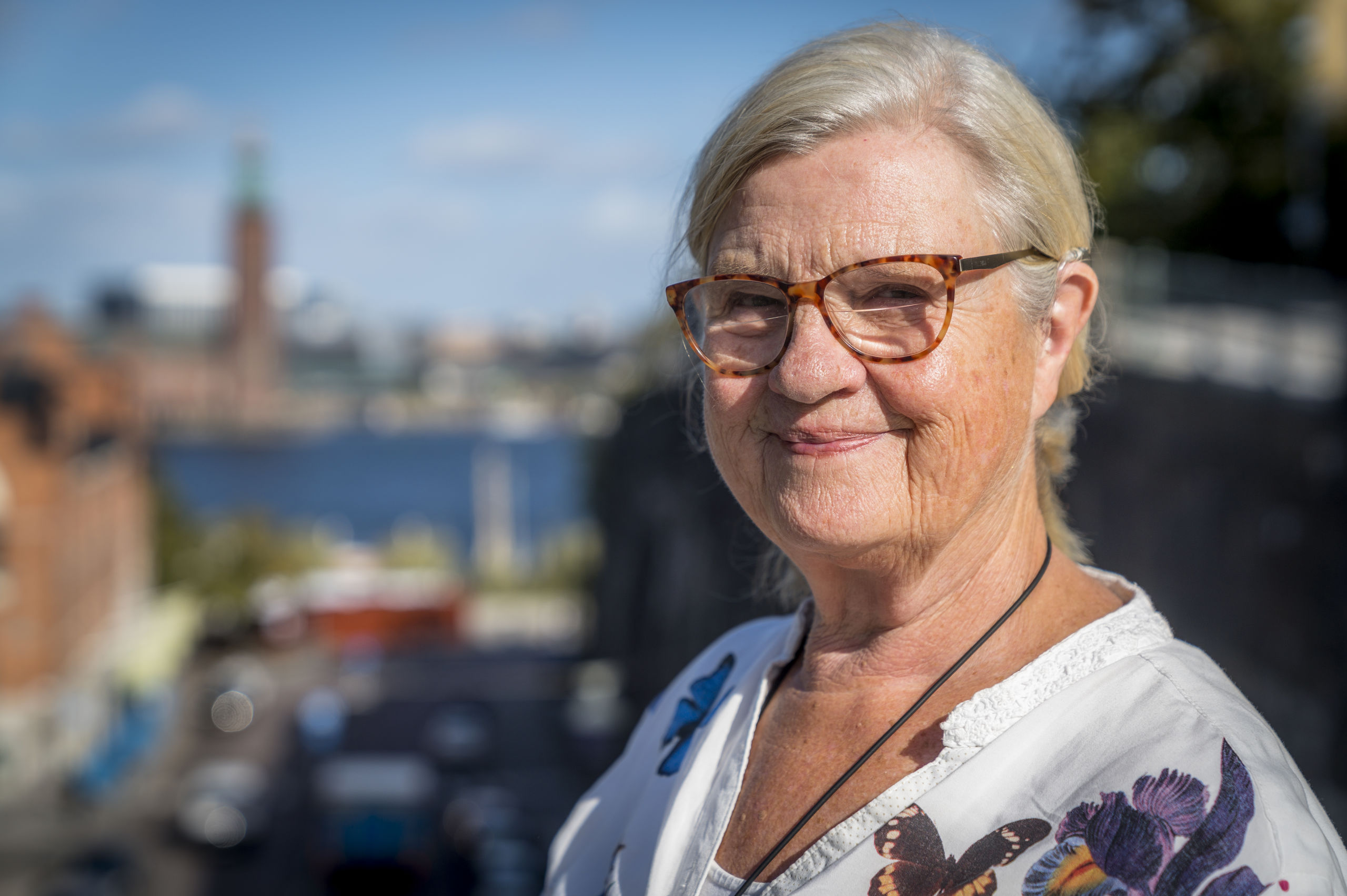
Gender studies sounds very multidisciplinary to me. What kind of an economist are you?
“The field is multidisciplinary, but I am not. I just wanted to do economics. When I first set up a course on gender economics, it attracted a lot of women who wanted to discuss gender, but did not fancy my empirical approach. I discontinued the course after the first year. If you want to be a good economist, doing good research, you need to know a lot about research methods. Learning about other views and approaches, which you cannot use for your research, is then a waste of time.
Later on, I learned how to deal with non-economists professionally. For economists you emphasize theory, methods and your dataset, for non-economists you emphasize the main question’s relevance and its implications.
My research is quite specialized and that fitted well into the transition the economics faculty was going through during my time there. When I arrived, there were a lot of business economists who barely did any research, but were appointed because they had done something great in business. That’s something completely different from the economists who laboured over academic publications. Economists who occasionally still cite my papers, by the way.”
So, all is good now?
“Good mentoring is still very important, especially for women. They need to learn that criticism of your paper, is not criticism of you as a person. That’s a hard lesson. Experienced professors have a responsibility to create a collaborative and welcoming atmosphere. Small things can go a long way there, like properly introducing guest speakers and listing their accomplishments, and professors telling what they like about a paper instead of just listing its flaws. I have always aimed to do that.”
References
Gustafsson, S. (1978) Cost-benefit analysis of early childhood care and education. OECD mimeo.
Sevéus, V. (ed.) (2009) Siv Gustafsson, economics, family and work; research for gender equality by an Amsterdam professor. Visby, Sweden: Nomen förlag (www.books-on-demand.com).
Auteur
Categorieën
